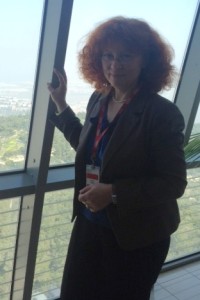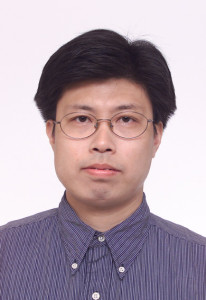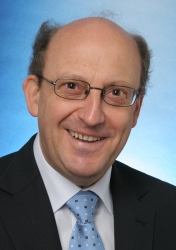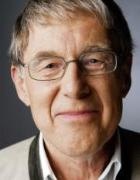Abstract: Software visualization addresses the visual representation of software systems, their dynamic execution, and their development process. In this context, diagrams can help software developers, software architects, or researchers understand and analyze the system, to finally improve the software and development process. Those different roles, however, come along with different perspectives and requirements for visualization tools. In my talk, I will give recent examples from my own work how those diverging perspectives can be addressed: On the one hand, high-level visualizations showing complete software systems and their evolution might be leveraged by architects and researchers. On the other hand, small visualizations embedded in the code could support developers in their daily work extending and optimizing the code. Finally, I want to conclude by giving an outlook on future perspectives on software visualization.
Biography: Fabian Beck is a postdoctoral researcher at VISUS, University of Stuttgart, Germany. In 2013, he obtained his Dr. rer. nat. (PhD) degree in computer science from University of Trier. In his dissertation, he investigated multi-dimensional coupling graph structures of software systems. In general, most of his research is focused on methods for visualizing and comparing large and dynamic graphs and hierarchies, often in the context of software systems and their evolution. In recent projects, he also studies the use of word-sized visualizations embedded in source code and text.




